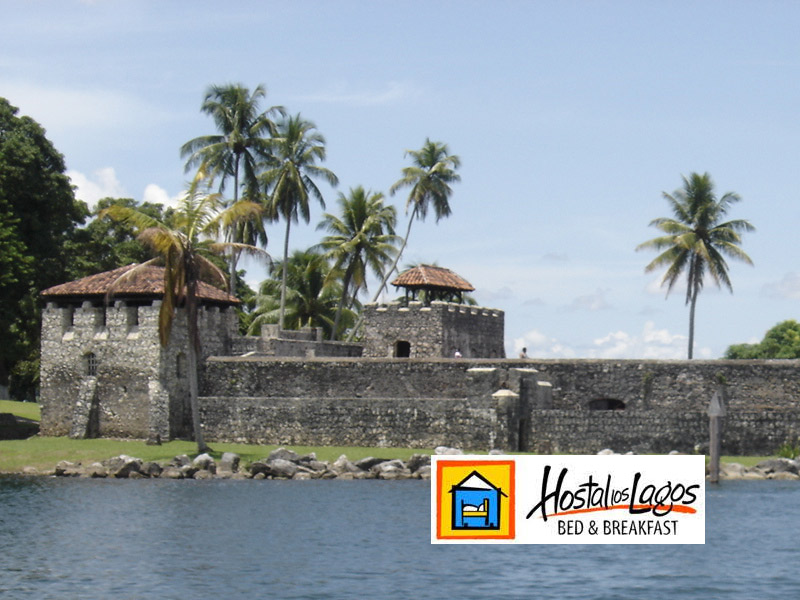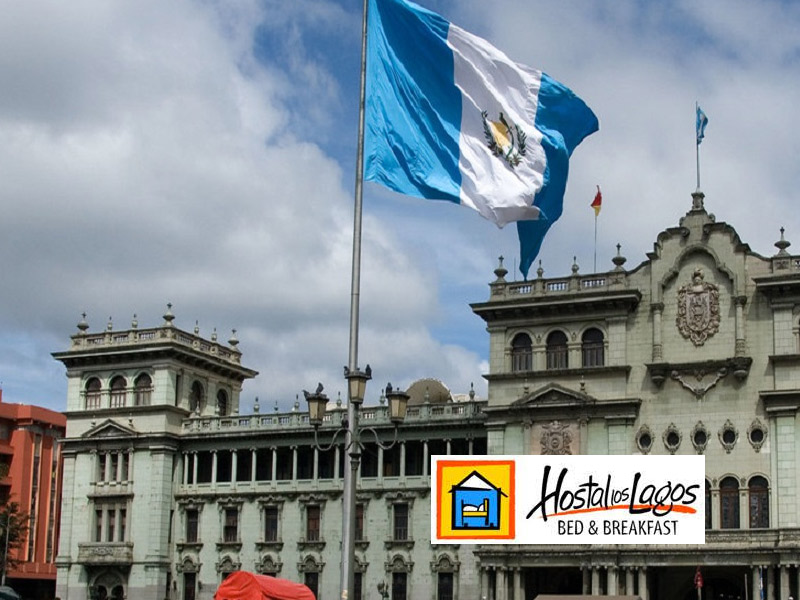
Driving
Check the route to your destination and take careful account of the location of gas stations. The highways in the central and eastern highlands are narrow and tortuous. At higher altitudes, you may run into a very dense fog. The Atlantic and the pacific highways could be dangerous because of heavy traffic and fast driving. When you are planning your trips, get help from the time and distance maps
Weather
Guatemala enjoys a moderate climate throughout the year in most of the country, with an average temperature of 75°F (20°C) along the lowlands of the Atlantic and the pacific coast the temperature ranges from 80°F to 95°F through the year.
There is a rainy season from may to October.
Currency
The currency in Guatemala is the quetzal, named after the national bird.
Coins are in denomination of 1,5,10,25,50 cents and 1 quetzal; bills come in denominations of 5,10,20,50 and 100 quetzales.
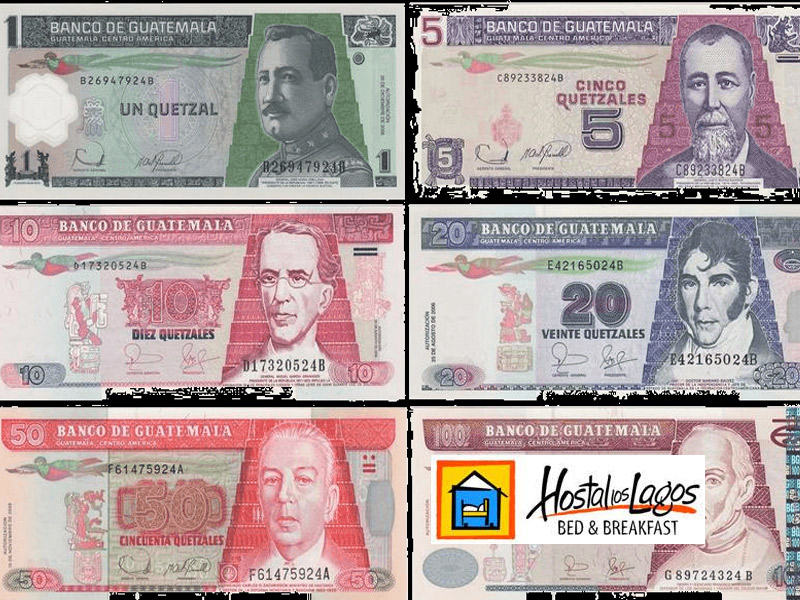
The exchange rate is 7.70 Quetzales per 1 dollar, but it varies
About Guatemala
Guatemala is the most northern country in Central America. It has borders to the north and west with Mexico. To the northeast with Belize, and to the east with Honduras and El Salvador, and benefits from beaches on the Caribbean sea and the pacific ocean.

With only 42,042 square miles, about the size of Tennessee, Guatemala is a relatively small country but it has a very diverse topography. That’s why Guatemala is call el pais de la eterna primavera ( the country of the eternal spring).
About Guatemala
El Petén, the northernmost department of Guatemala, was once the center of the ancient Maya people. Reminders and remains of this civilization are found in over 200 distinct archaeological sites within an area covering more than 125,000 square miles and five countries.
Today, we still call this «El Mundo Maya» (the World of the Maya). The area encompasses not only Guatemala, but parts of Belize, Mexico, Honduras and El Salvador.
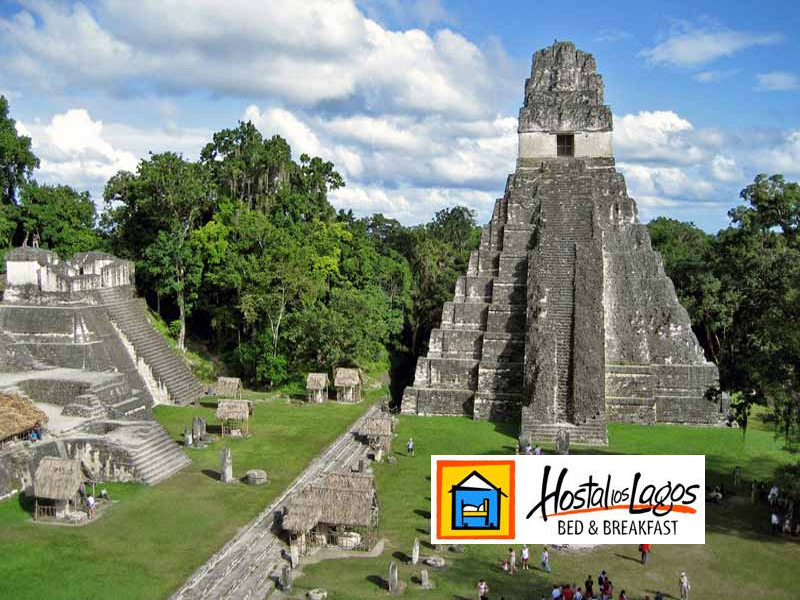
The development of the Maya culture cover three periods: (1) Pre-classic from 2000 BC to 300 AD, (2) Classic from 300 to 900 AD, and (3) Post-classic from 900 to 1500 AD
The sciences of mathematics, astronomy, agriculture and architecture were astutely developed by the Maya who also made great strides in the complex areas of socio-politics and economics. The hieroglyphics they developed to convey their thoughts have not yet been totally deciphered and are found in their codex, stelae and monuments as well as in the evolution of their ethical, aesthetic and religious thinking.
Many of the Indian dialects presently spoken by the different ethnic groups in Guatemala have a common linguistic root: the Maya.
The park covers 222 square miles amidst the thick, tropical jungle of El Petén and is the only place in the world designated by UNESCO as both a cultural and natural heritage.
The easiest access to the park is by air. It is just a 30-minute flight from Guatemala City to the airport of Santa Elena. From there you can reach Tikal in 45 minutes over an excellent highway.
There are more than 4,000 structures or constructions in Tikal. The oldest date from the Pre-classic period (800 BC), and the most recent from the Post-classic period (900 AD). It was during this period that the Maya attained their artistic, architectural, mathematic, agricultural and commercial heights.
Ceibal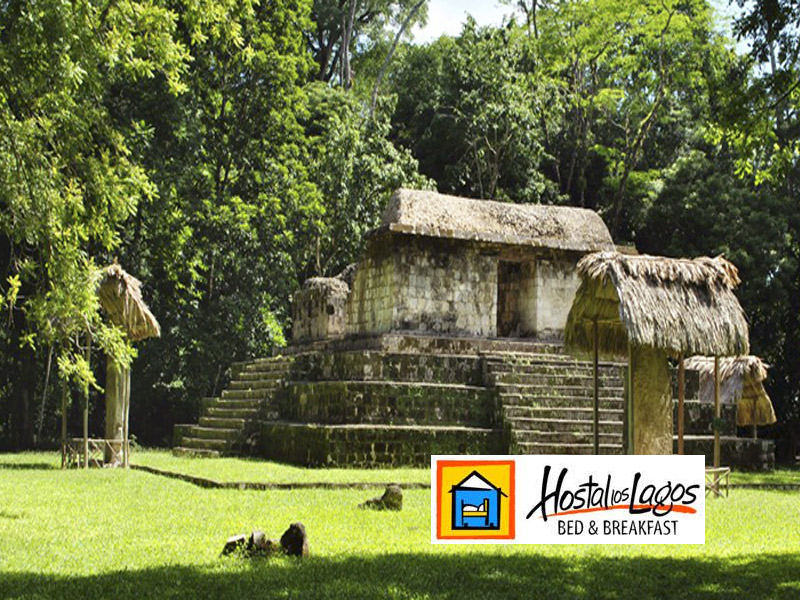 :
:
This site is located in the southwestern part of El Petén on the shores of La Pasion River. The most beautiful and best preserved stelae of the Post-classic period can be found here along with ceramic pieces and anthropomorphic pottery figurines. The origin of the founders is still unknown, but the first settlements date back as far as 800 BC.
Aguateca, Dos Pilas and Tamarindito:
These important sites are nestled in a small lagoon that is reachable by water craft. For the Maya enthusiast and nature lovers, a tour of one or more of these sites is a must.
YAXHA
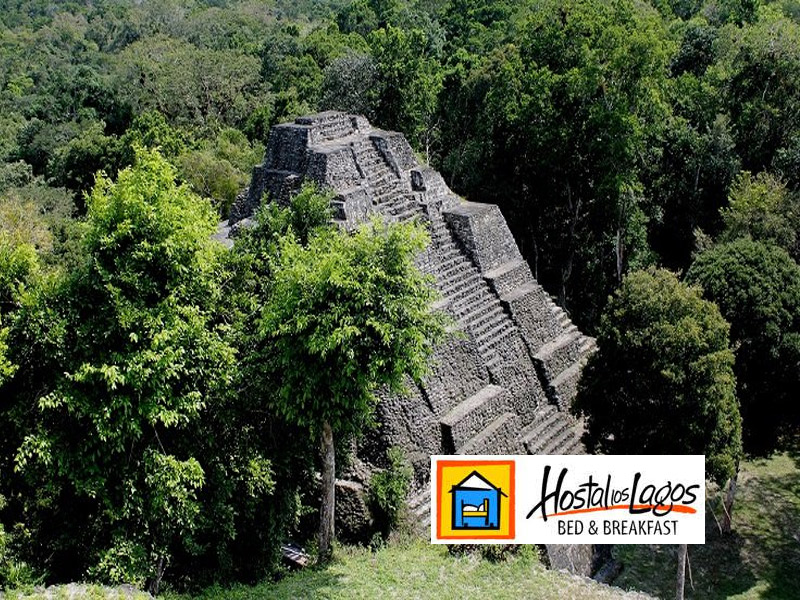
The city is comprised of two sectors of rectangular structures laid in such a manner that they form streets and plazas. Yaxhá is located 50 miles from Flores . The hieroglyphic inscriptions indicate that it was inhabited sometime between the Pre-classic and Post-classic periods
Uaxactún
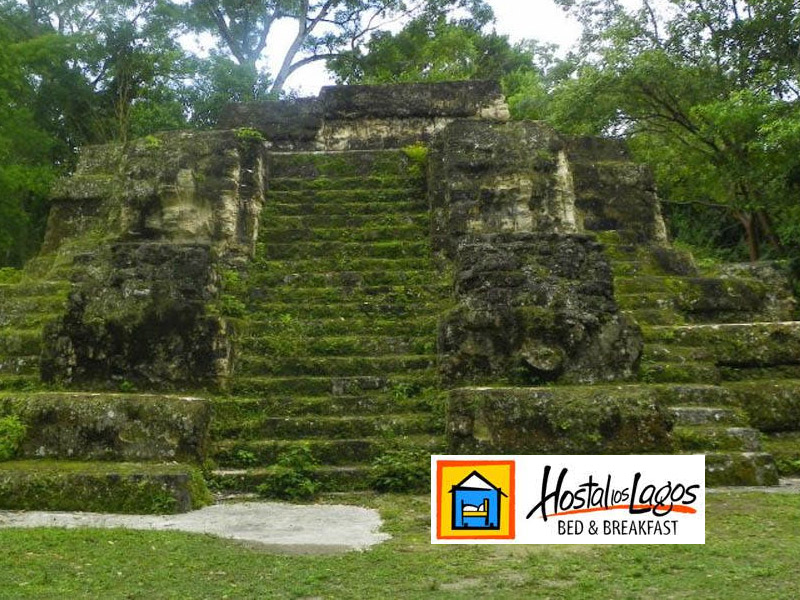
The oldest of the Maya cities, it is believed that this is where the Maya consolidated their culture; here their writing system was perfected and where their calendar started. Located about 16 miles north of Tikal , it is accessible from Flores . Discovered in 1916, it bloomed during the Classic period. A beautiful painted mural was discovered in one of the structures and here you will also find the oldest Maya stelae dated about 328 BC.
Colonial History of Guatemala
The Colonial History of Guatemala begins with the arrival of the conquistador Pedro de Alvarado in 1524 and ends with the Guatemala ‘s declaration of independence in 1821. While Guatemala was part of the Viceroyalty of Mexico, it functioned separately as a Captain General and included what is now Chiapas , part of Yucatan , Guatemala , El Salvador , Honduras , Nicaragua and Costa Rica.
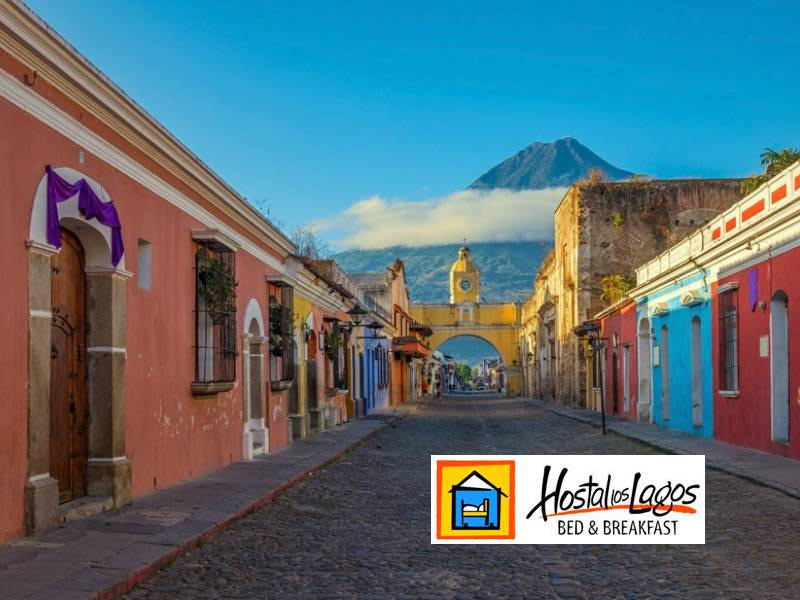
«La Antigua Guatemala» , the colonial capital of Central America was founded with the name of Santiago de Guatemala in 1543. It was the cultural, economic, religious, political and educational center for the entire region until the capital was moved to present day Guatemala City after the damaging earthquakes of 1773. The conquerors chose this location since the previous capital had flooded in 1541 and the valley provided a sufficient source of water and offers one of the best climates in the world. The fertile soil that surrounds Antigua was also an attraction.
More than 30 monastic orders called Antigua home and built stunning monasteries, convents and cathedrals in the town. One of the first planned cities in the New World , its urban design is a traditional Spanish grid – eight by eight blocks. Because of its importance and preservation as a Colonial City , UNESCO declared Antigua «Heritage of Humanity». Since many of the colonial houses have also been preserved, you feel time might have stopped over 300 years ago. From its architecture to its beautiful surroundings; experience the splendors of Spanish Colonial Times!.
But not only Antigua has Colonial History to offer. Traveling throughout Guatemala , you will see churches, buildings and fountains from Colonial times.
Lakes
The famous Lake Atitlan that Aldous Huxley once called «the most beautiful in the world» is located in the mountainous Department of Solola, in the Guatemalan highlands about 150km from the capital. Lake Atitlan is a natural wonder of blue, wind-tossed waters set against a backdrop of three 10,000-foot volcanoes – Toliman, Atitlan and San Pedro – towering on the southern sky. Their cones are covered with pine and wide leaf forest, are a refuge for endangered plants and animals.
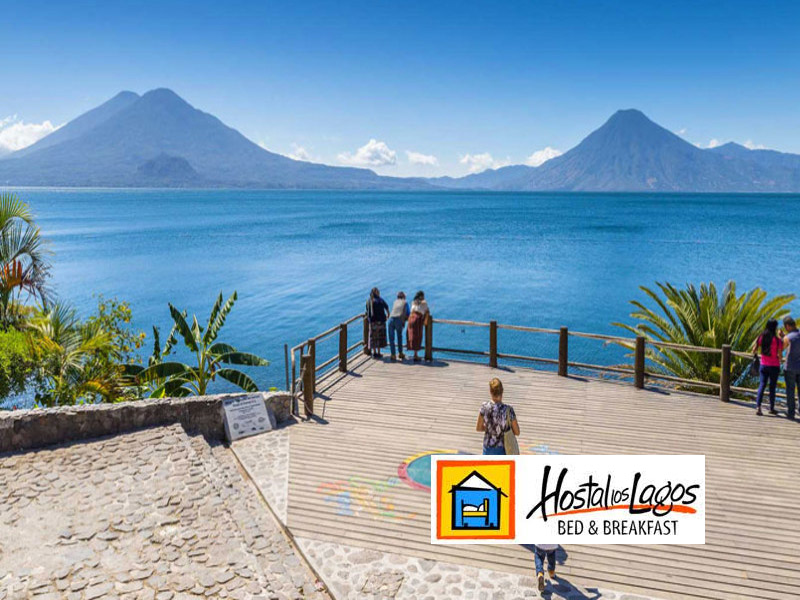
Lake Atitlan is 26km long and 18km wide and its origin is vulcanic. It is occupying an extinguished crater and extends to 125km2 with a maximum depth of 320m. Lining the shores of Lake Atitlan you will find a dozen picturesque Indian villages where life and customs have changed little over the centuries. To explore Lake Atitlan and its traditional Indian villages we offer excursions from Panajachel.
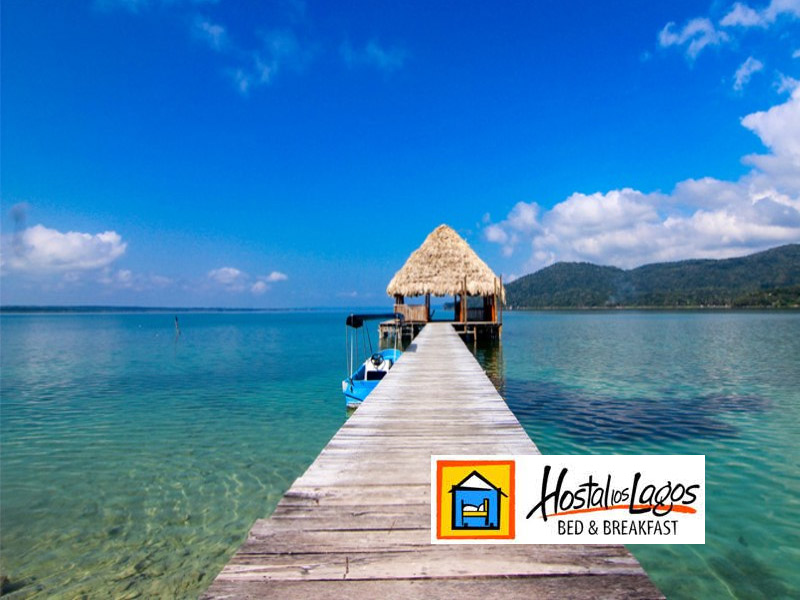
Lake Peten Itza is set within the Maya forest which constitutes the largest continuous expanse of tropical forest remaining in Central America . Lake Peten Itza is about 48km long and covers and area of 98km2. The lake is ~50m below sea level and likely to have held water during arid glacial periods. Built on an island, the town of Flores is a sleepy town with a Caribbean sensibility, pastel-colored buildings, friendly people and a slow pace of life. Flores was once a Maya ceremonial center, by the 17th century it was a Spanish outpost, and today, it’s the capital of Peten province.
Lake Izabal is the largest of Guatemala ‘s lakes. Lake Izabal is a gentle expanse of water hemmed in by the Sierra de las Minas to the south and the Santa Cruz mountain range to the north. The waters of the lake are rich in fish. Unique to the lake is the fresh-water sea cow (manatee), a mammal that can weigh up to a ton. This species is in danger of extinction and the manatees are the largest mammals in the country. For more information about Lake Izabal and the surrounding areas, please follow this link .
